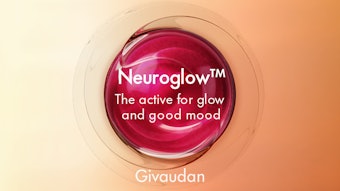Biologically, carotenoids are a significant group of organic pigments with more than 700 members. They are found widely throughout nature but are synthesized only by plants, algae, fungi and bacteria, where they aid in the absorption of light and capture excessive energy, neutralizing tissue-damaging free radicals.1 Chemically, carotenoids are isoprenoid, C-40 molecules that are either linear or cyclized at one or both ends of the molecule. The chemical structure determines their physico-chemical properties and biological activity.
Carotenoids, specifically β-carotene and lycopene, were used as a treatment against photosensitization as early as 1964.2 Since then, a vast number of studies have shown that carotenoids act as antioxidants, anti-inflammatories and antimutagenic agents. These materials also are believed to potentially inhibit certain cardiovascular diseases and cancers. In addition, many carotenoids show beneficial immunological effects. Thus, these molecules are of interest for protective applications against premature aging and age-related disorders resulting from oxidative damage and stress.
Unfortunately, most carotenoids are sensitive to light, a property that considerably limits their use and shortens the shelf life of products that contain them.3 In addition, most carotenoids have a distinctive visible color that is undesirable in most cosmetic and some food applications. In contrast to other carotenoids, however, phytoene and phytofluene (P&P) lack visible color and absorb light in the ultraviolet (UV) range. They are also precursors in the bio-synthetic pathway of other carotenoids (see Figure 1).
Phytoene has been shown to act as an anticarcinogen in mouse skin cancer models4 and may play a role in cell-to-cell communication, as some studies with phytoene-producing transgenic mice have suggested.5 In addition, dietary P&P accumulate in human skin,6 offering protection by acting as UV absorbers, antioxidants and anti-inflammatory agents, suggesting they could play a protective role in beauty and skin applications.










